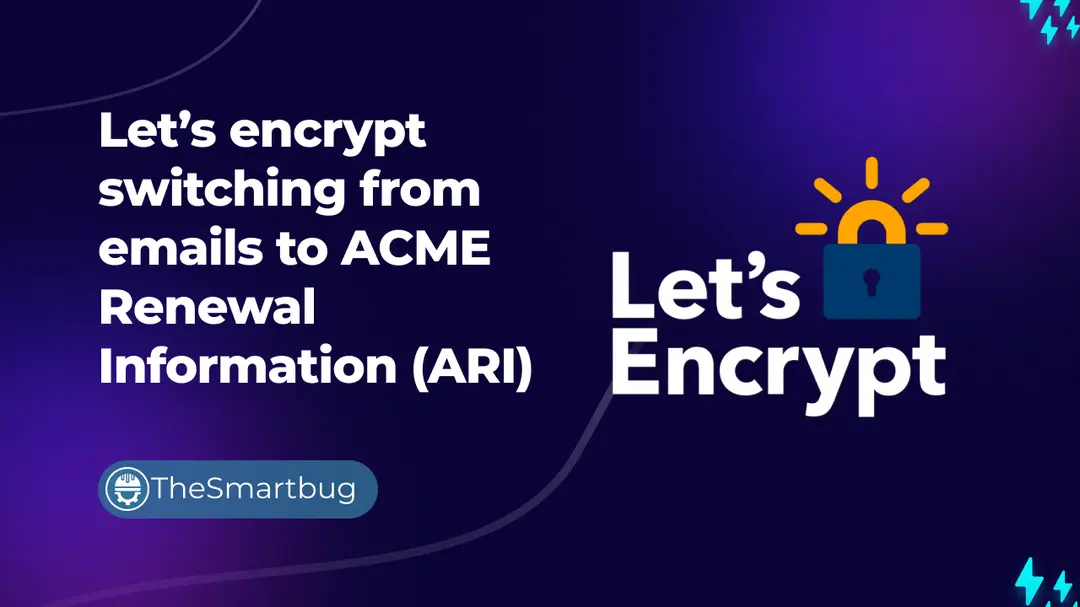Let's encrypt switching from emails to ACME Renewal Information (ARI)
Let's Encrypt is about to end its email notification service to remind about expiring TLS certificates. Read on to find out why and what is the alternative.

Let's Encrypt is about to end its email notification service to remind about expiring TLS certificates. Read on to find out why and what is the alternative.
